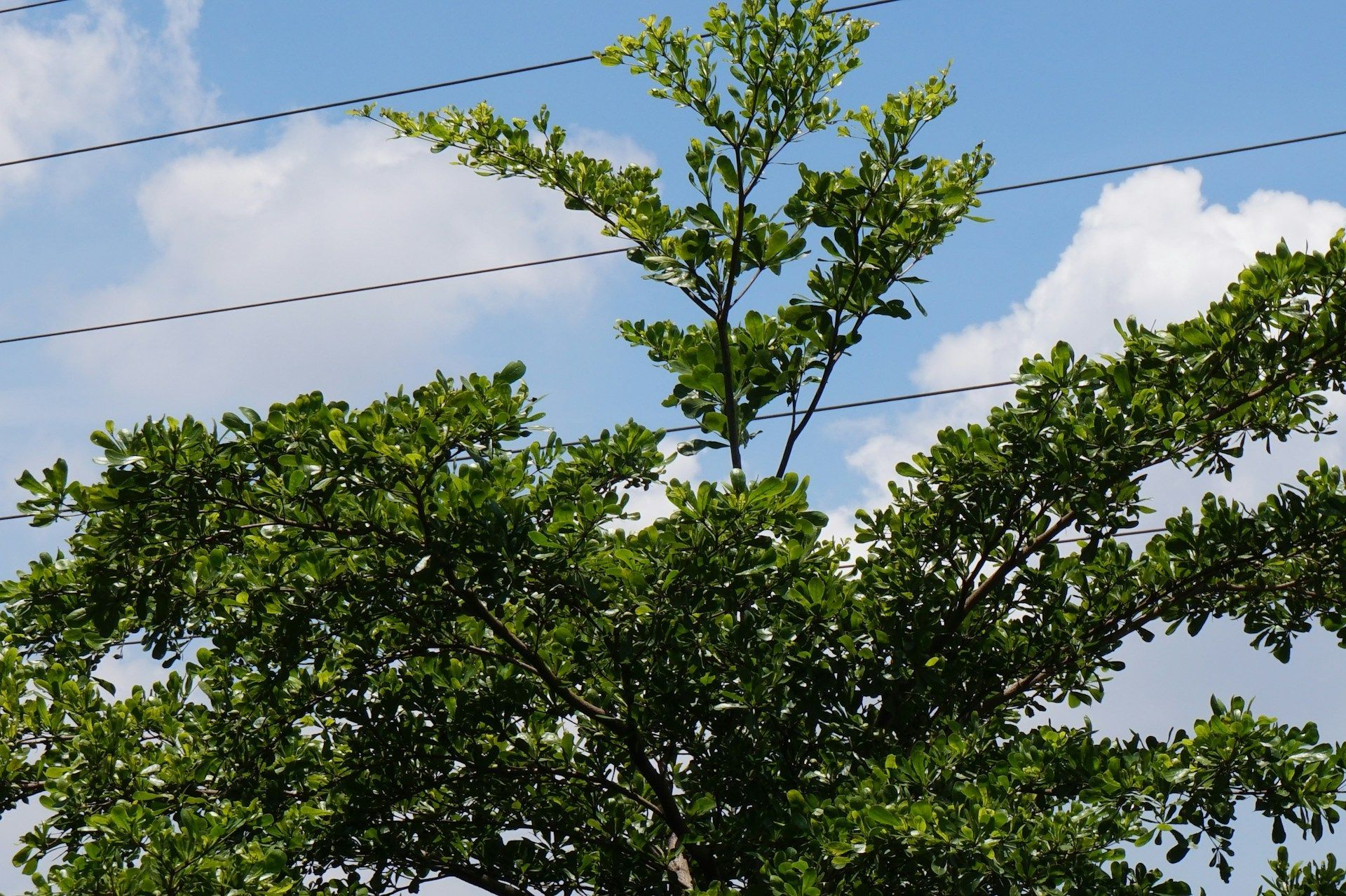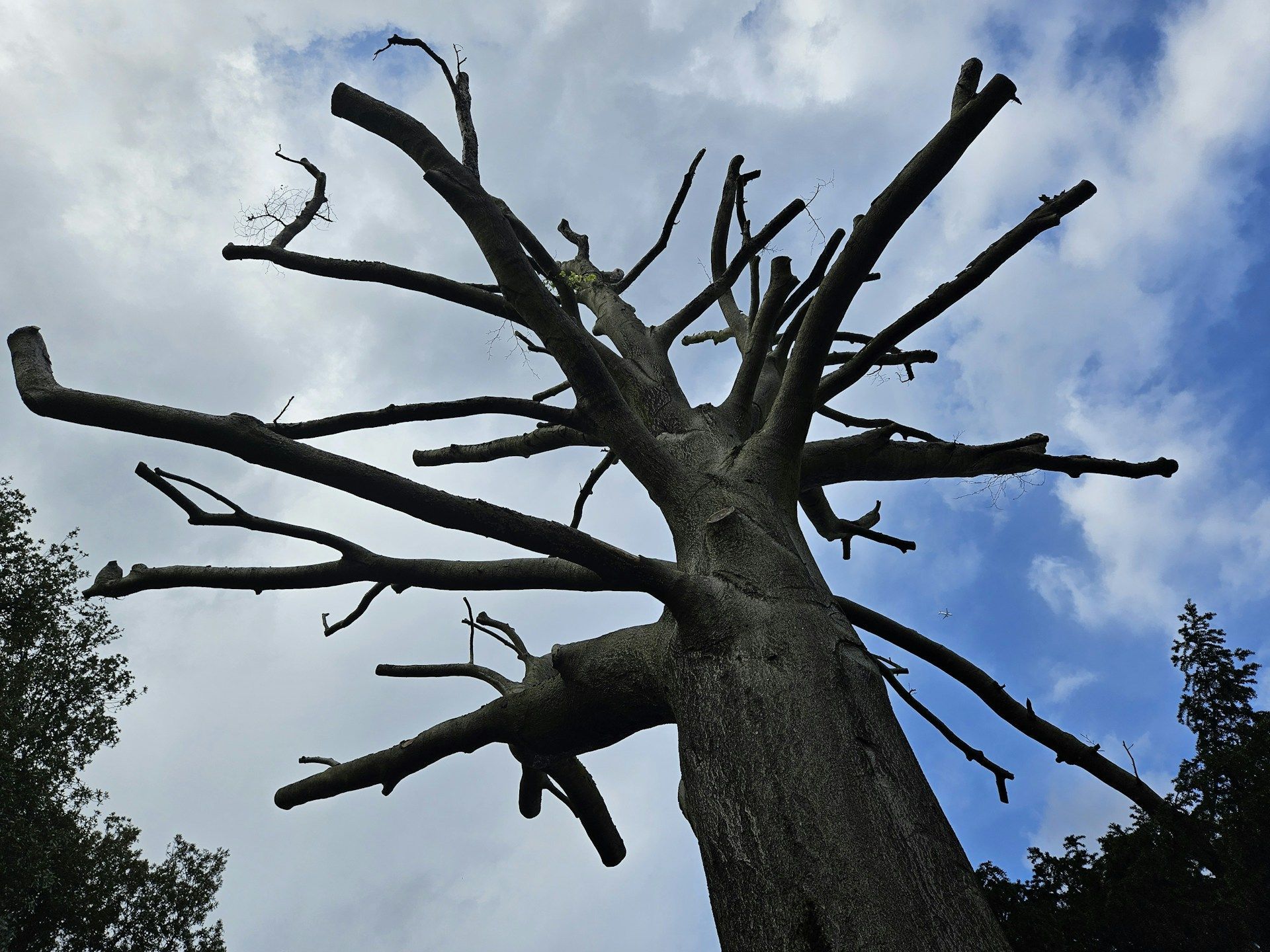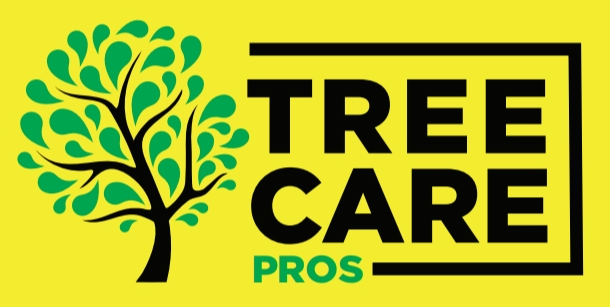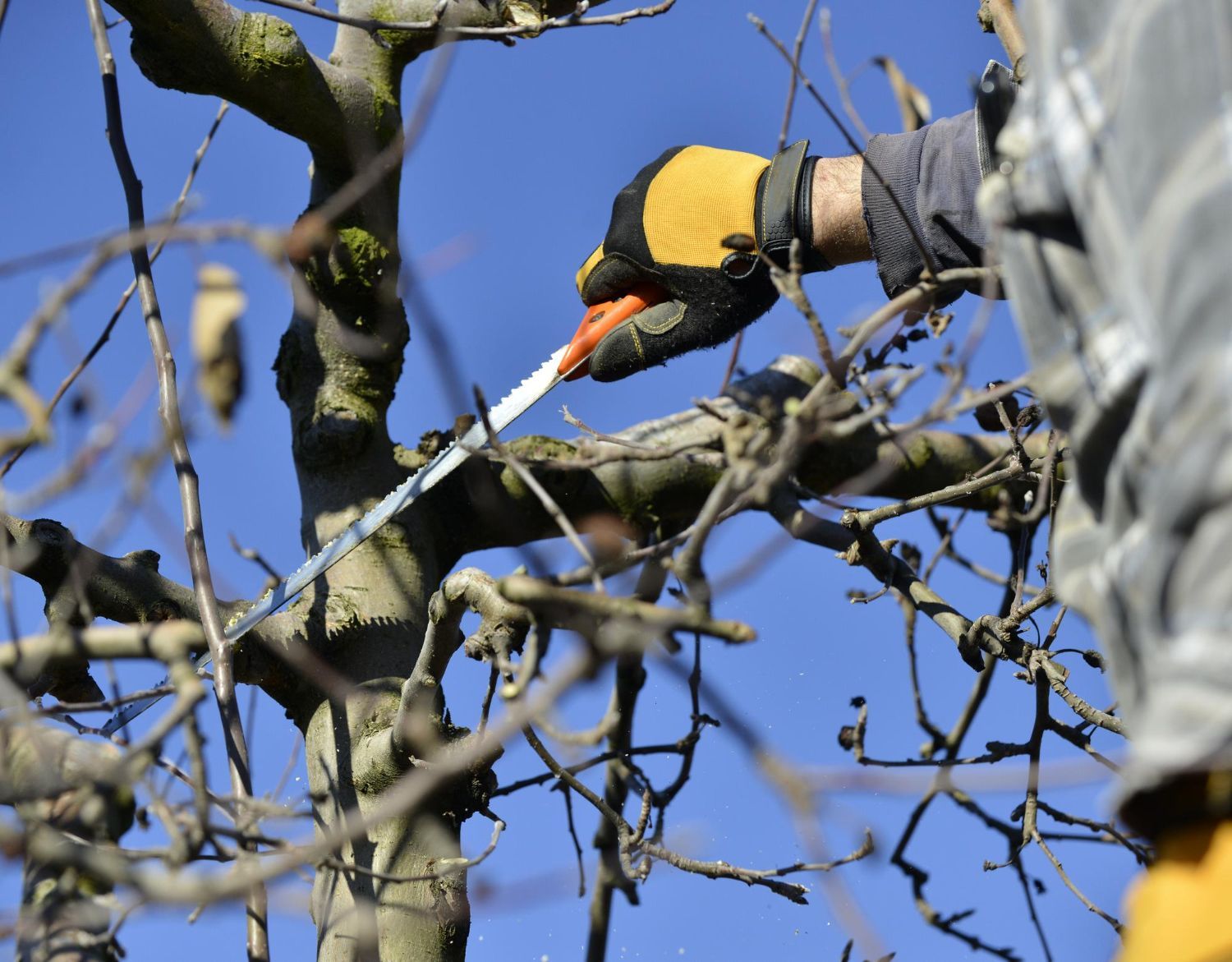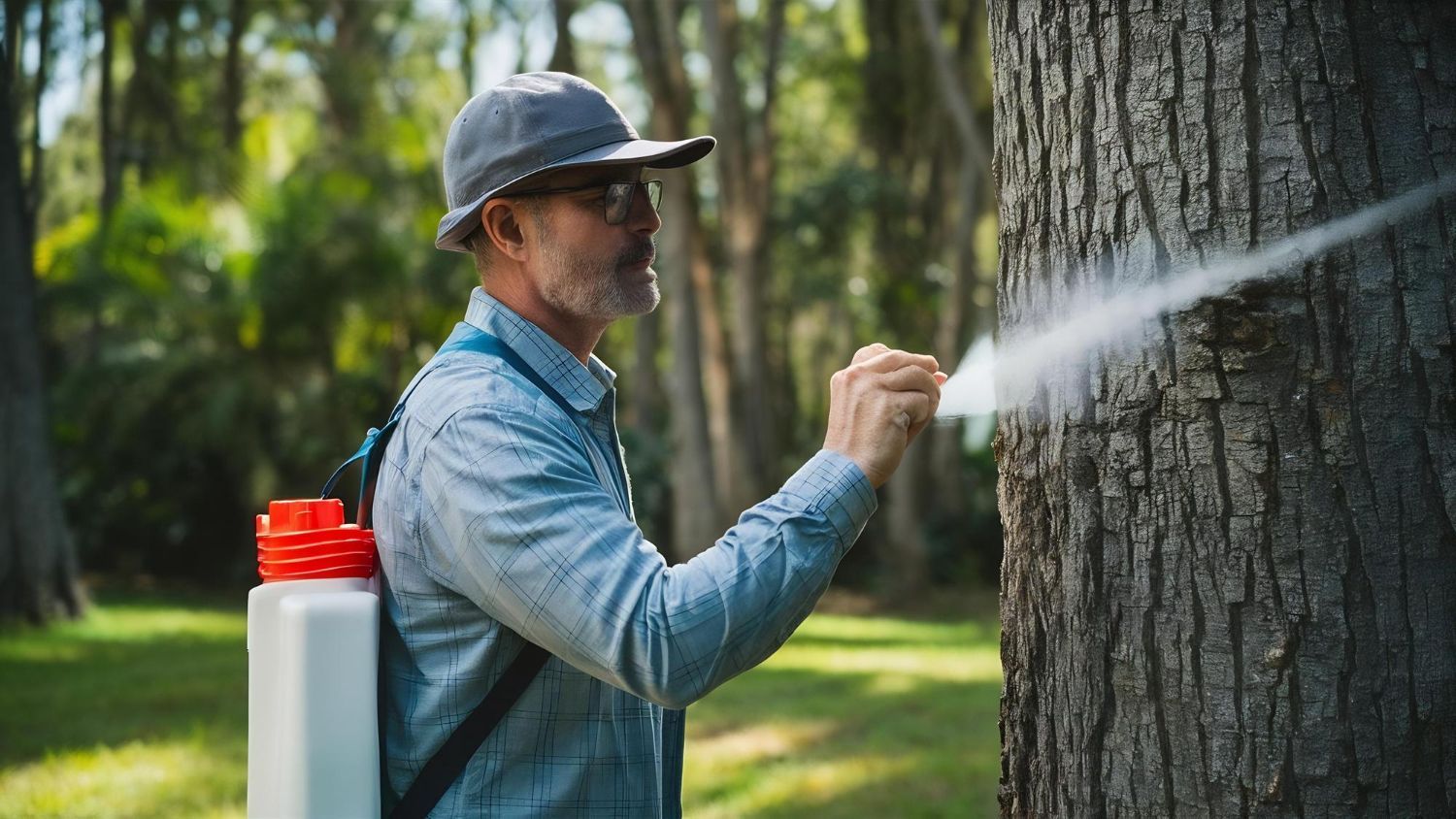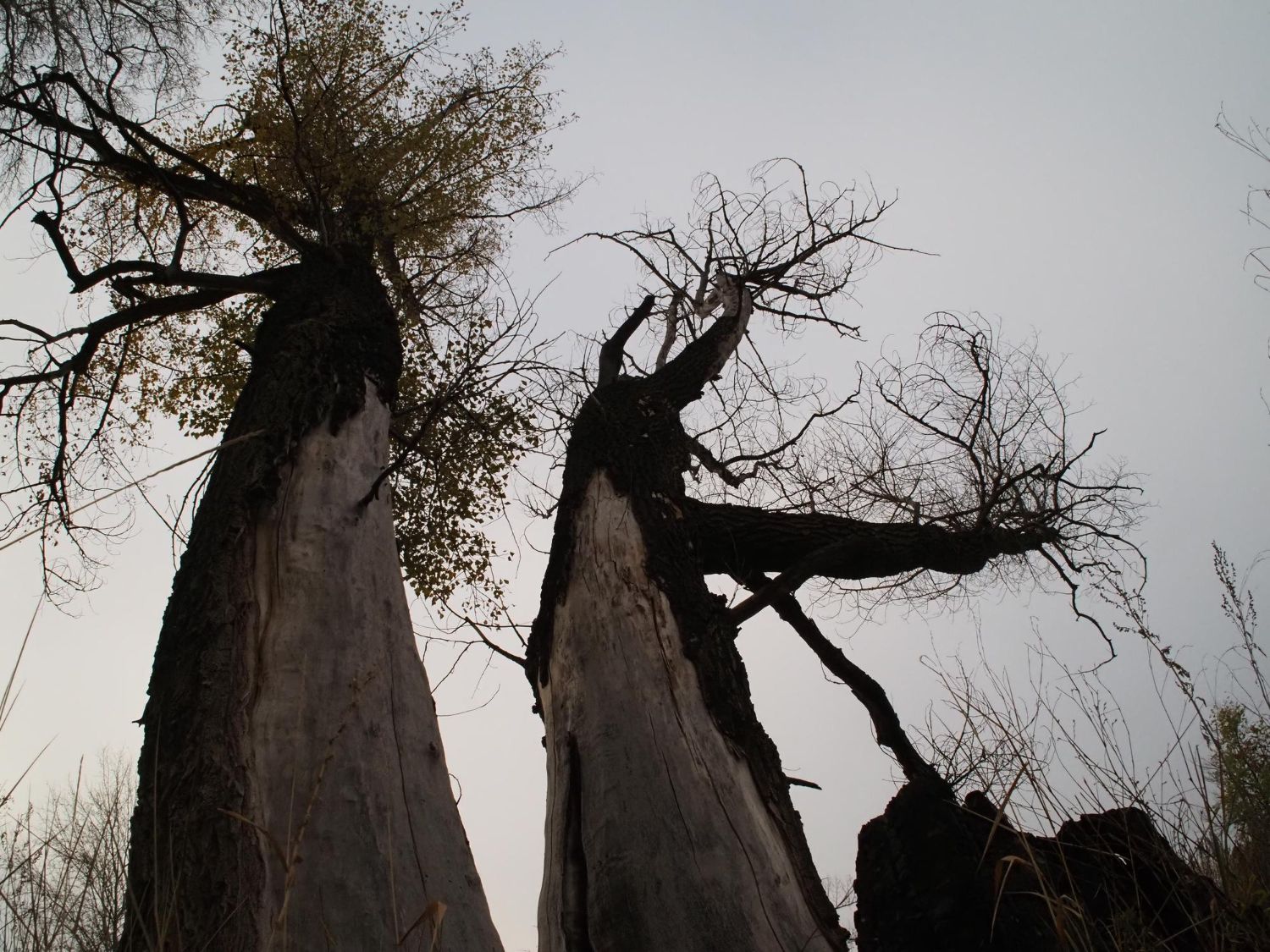Identifying Dangerous Trees Before They Cause Damage
Trees add beauty and value to our properties, but sometimes they can become a danger without us even realizing it. Recognizing the signs of a hazardous tree can help prevent accidents and costly damage. Trees can become dangerous for various reasons, including disease, weather damage, or simply old age. By learning how to spot these issues early, you can take action before a problem occurs.
Understanding what makes a tree a potential threat is crucial. Damaged or dying trees are at risk of falling, potentially causing harm to people, pets, and property. Regularly inspecting your trees and knowing what to look for can save you from unexpected emergencies. If you suspect that a tree on your property is unsafe, it's essential to address the issue promptly to avoid serious consequences.
In this article, we’ll discuss the common signs that indicate a tree might be hazardous, explore the risks they pose, and outline the steps you can take to address these issues. By staying informed and proactive, you can ensure that your property remains safe and beautiful.
Common Signs of a Dangerous Tree
Recognizing the signs of a dangerous tree can prevent potential hazards on your property. Here are some visual indicators to watch for:
1. Cracks and Splits – Look for deep splits or cracks in the trunk or major branches. These can weaken the tree’s structure and lead to falls.
2. Leaning – A tree that suddenly starts to lean, especially if it’s leaning more than 15 degrees, can be a sign of root or soil instability.
3. Dead or Falling Branches – If you notice a lot of dead or falling branches, especially the larger ones, it indicates that the tree might be dying or already dead.
4. Mushrooms and Fungi – The presence of mushrooms or other fungi on the trunk or at the base of the tree suggests internal rot and decay.
5. Cavities and Holes – Large cavities or holes in the trunk can compromise the tree’s strength and stability.
By keeping an eye out for these symptoms, you can identify potential problems early on and take action to manage or remove unhealthy trees.
Understanding the Risks Posed by Unstable Trees
Unstable trees pose significant risks that can lead to severe damage and injury. When a tree becomes unstable, its likelihood of falling increases dramatically. This can cause serious harm to your property, such as damaged roofs, smashed vehicles, and ruined gardens. In extreme cases, falling trees can even lead to personal injuries or fatalities.
The roots of an unstable tree may weaken, which compromises its ability to stay anchored. This instability becomes particularly dangerous during storms or high winds. A tree that appears fine in calm weather can become a lethal hazard when buffeted by strong winds. Additionally, large branches can break off unexpectedly, posing a threat to anyone nearby, including children playing in the yard or pets running around.
Understanding these risks highlights the importance of addressing tree stability issues promptly. Ignoring the warning signs can result in costly repairs or, worse, serious injuries. By acknowledging the dangers and acting accordingly, you can ensure the safety and well-being of both your family and your property.
Steps to Take When You Suspect a Tree Is Dangerous
If you suspect that a tree on your property might be dangerous, it's crucial to take immediate action to mitigate the risk. Follow these steps to ensure the issue is addressed safely and effectively:
1. Inspect the Tree Closely – Conduct a thorough inspection of the tree, checking for visual indicators such as cracks, lean, dead branches, or signs of decay. Take note of any unusual changes in the tree’s condition.
2. Clear the Area – Keep children, pets, and vulnerable objects away from the area around the tree. This minimizes the risk of injury or damage should the tree or its branches fall unexpectedly.
3. Consult a Professional Arborist – Contact a professional tree service, like Barrie Tree Care Pros, to conduct an expert assessment of the tree’s condition. Professionals have the tools and knowledge to evaluate the tree's stability and recommend appropriate actions.
4. Follow Professional Advice – Depending on the arborist's recommendation, you may need to prune, support, or fully remove the tree. Follow their advice closely to ensure the safest outcome for your property.
5. Plan for Removal if Needed – If removal is necessary, schedule the service at a convenient time. Ensure the area is prepared and accessible for the tree removal crew to perform their job efficiently.
Taking these steps helps safeguard your property and loved ones from the potential hazards posed by a dangerous tree.
Benefits of Professional Tree Risk Assessment
Engaging in a professional tree risk assessment offers several advantages that contribute to the safety and health of your property. Here are the key benefits:
1. Expertise and Knowledge – Professional arborists possess the expertise to identify and diagnose tree health issues accurately. Their knowledge ensures that all potential risks are considered and addressed.
2. Advanced Tools and Techniques – Arborists use specialized equipment to assess tree stability and health thoroughly. These tools enable them to detect internal decay or structural weaknesses that might not be visible to the untrained eye.
3. Preventative Measures – A professional assessment can help you take preventative actions, such as trimming or cabling, to stabilize a tree and extend its life. This not only prevents accidents but also promotes the overall health of your trees.
4. Cost-Effective Solutions – Identifying problems early can save you money by addressing issues before they become severe. Preventative maintenance is typically more affordable than emergency tree removal or repair of damage caused by a fallen tree.
5. Peace of Mind – Knowing that your trees have been inspected and evaluated by a professional provides peace of mind. You’ll have confidence that your property is safe and well-maintained.
By investing in a professional tree risk assessment, you can ensure the safety, health, and longevity of the trees on your property, benefitting both your landscape and your peace of mind.
Conclusion
Taking proactive steps to identify and manage dangerous trees is integral to maintaining a safe and beautiful property. By recognizing the common signs of a hazardous tree and understanding the risks posed by unstable trees, you can act swiftly to mitigate potential dangers. When you suspect a tree might be risky, following the proper steps ensures that the issue is handled effectively and safely.
Moreover, the benefits of a professional tree risk assessment cannot be overstated. Professionals bring expertise, advanced tools, and preventative solutions that safeguard your property and enhance the lifespan of your trees. If you have concerns about the safety or health of your trees, don't wait until it's too late. Contact Barrie Tree Care Pros to schedule a comprehensive tree assessment. Our experienced team is ready to help you maintain a safe and thriving landscape. Reach out today to ensure your property remains secure and beautiful through an emergency tree removal service.

